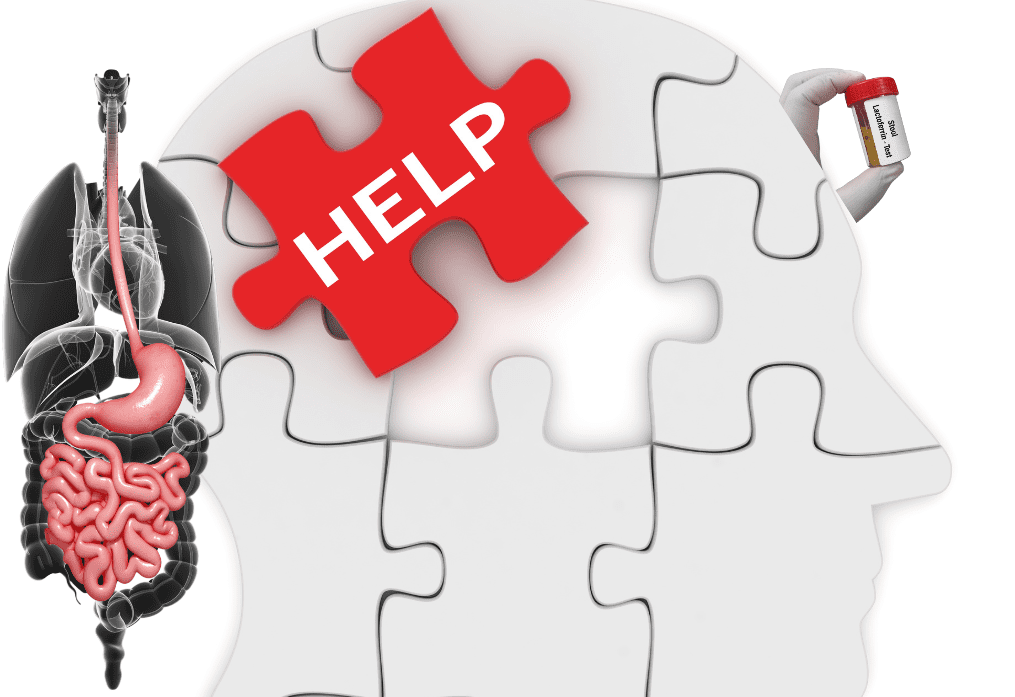The Brain-Gut Connection
Scientists and health professionals are now diagnosing autism through examining children’s poop. This is obvious to some people because we’ve known for a long time that there is a connection between the brain and the gut, especially in children with autism. So, why did it take so long to start testing poop samples?
Why Did It Take So Long?
In the past, doctors mainly focused on the brain when studying autism. They didn’t think to look at the gut. But, recent studies have shown that children with autism are four times more likely to have stomach problems than children without autism. This has led scientists to focus more on the gut and its connection to the brain.
How Poop Can Help
Scientists are now using a method called metagenomic sequencing to study poop. This method looks at all the genetic material from microorganisms in a sample. By examining the poop, scientists can find clues about autism earlier. This means that instead of waiting until a child is six years old, doctors can diagnose autism much earlier.
Changing Diets
While studying poop, scientists are also changing children’s diets to see if there are positive changes. They suggest eating more fruits and vegetables and less meat. Meat takes longer to digest and can cause constipation and increase toxins in the body. Scientists hope to improve both brain and gut health by changing the diet.
Earlier and Better Treatment
Professor Qi Su from the Chinese University of Hong Kong said, “Usually it takes three to four years to make a confirmed diagnosis for suspected autism, with most children diagnosed at six years old. Our microbiome biomarker panel performs well in children under four, which helps an early diagnosis.†This means that by looking at poop, doctors can diagnose autism earlier and start treatment sooner.
The Importance of Early Research
Many years ago, the first research on the brain-gut connection showed that the gut can affect the brain. This early research was vital because it helped scientists understand that the gut and brain are linked. Now, with new ways like metagenomic sequencing, we can use this knowledge to help diagnose and treat autism earlier.
Conclusion
Studying poop samples is a big step send in diagnosing autism. It helps doctors understand the brain-gut connection better and can lead to earlier and better treatment for children with autism. By changing diets and looking at gut health, scientists hope to improve many children’s and their families’ lives.









